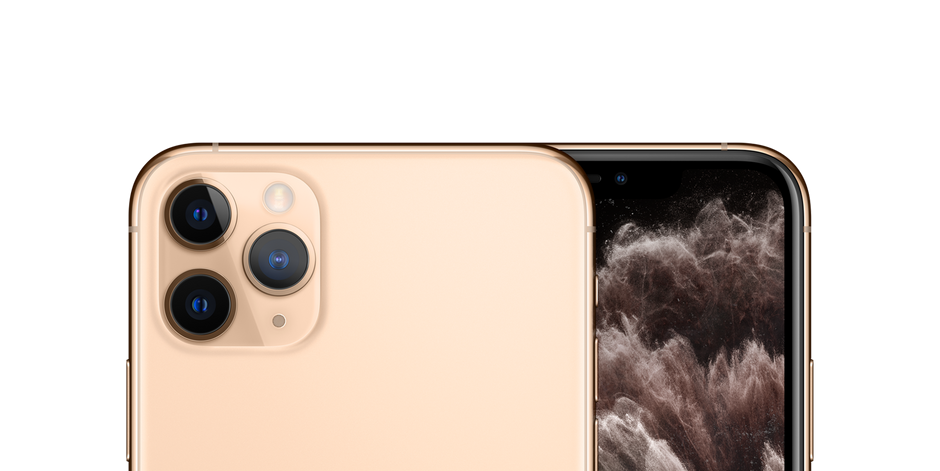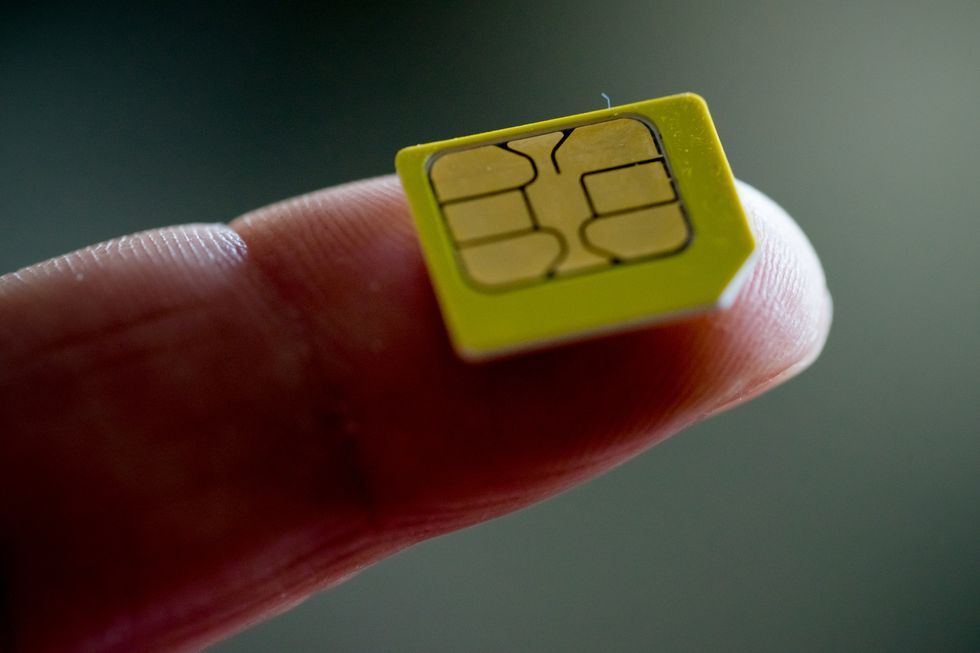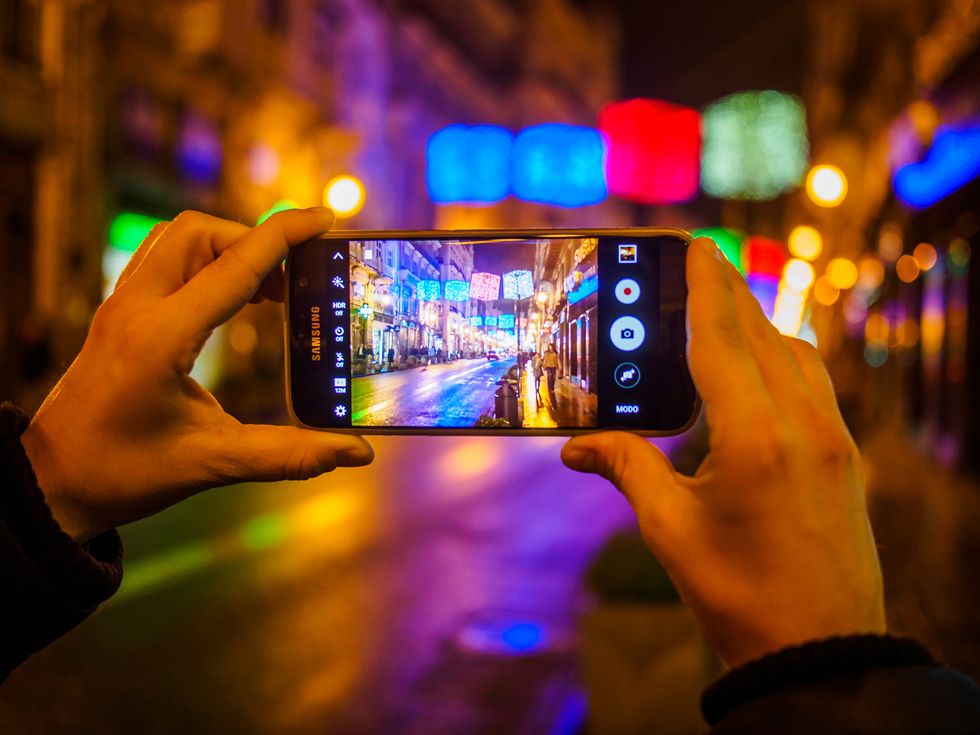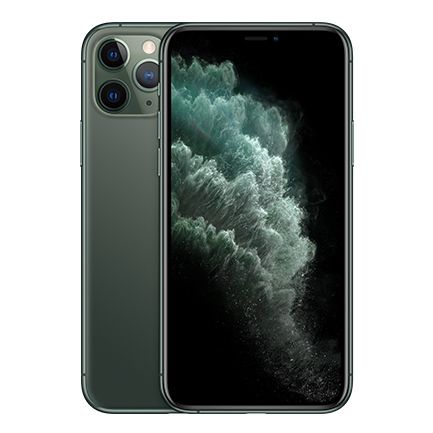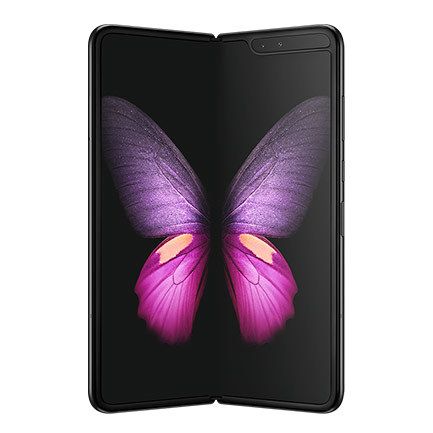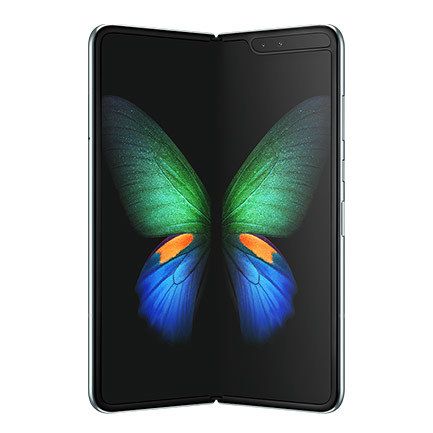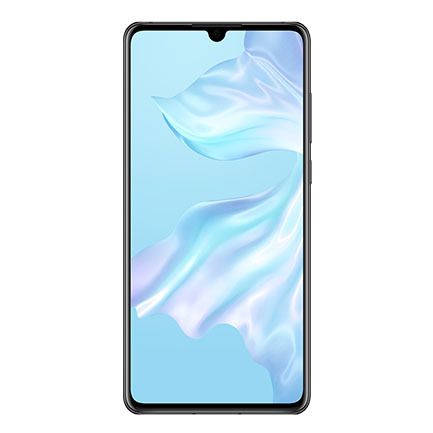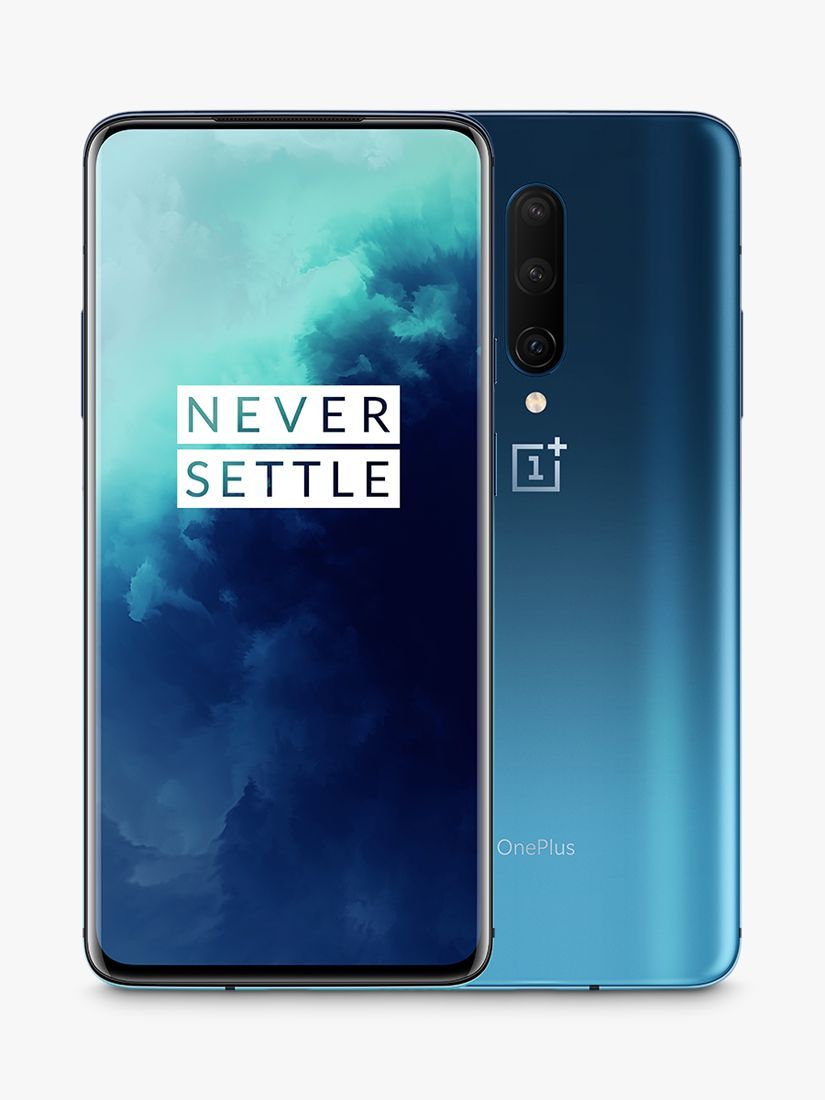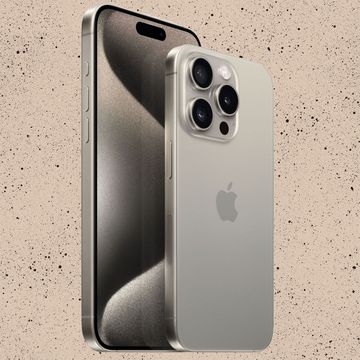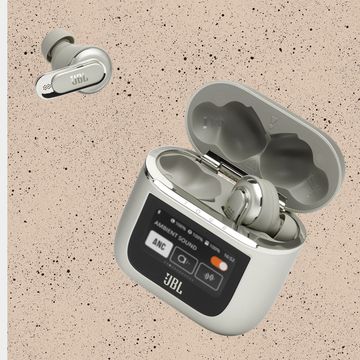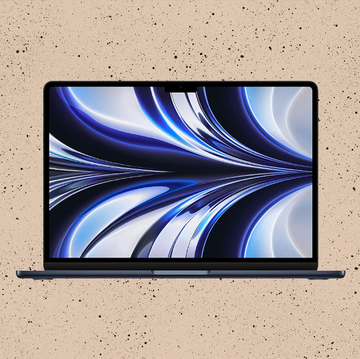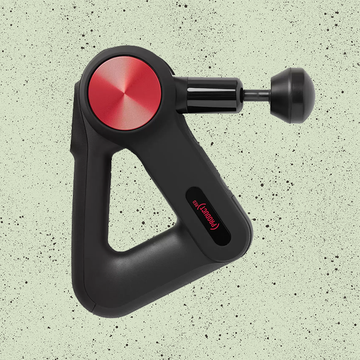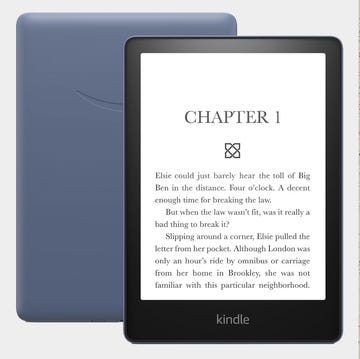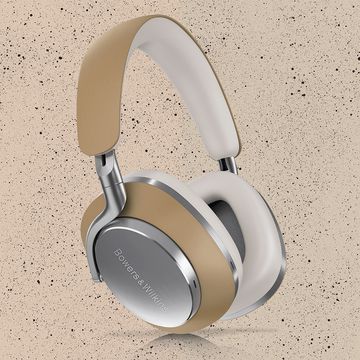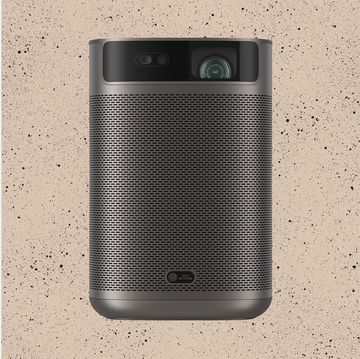It’s a new decade, which means there’s a long list of new stuff to look forward to. From movies (even if we do have to wait until November to catch up with James Bond in No Time To Die), to incredible smartphones (Bond uses a Nokia, fyi), there’s plenty to get excited about – and spend all your money on – over the next 12 months.
There’s going to be a new phone released almost every month of the year and, as always, it’s a tough task to choose what you want. Which is where we come in, as we break down the best handsets of 2020.
Apple Vs Samsung
As usual, there are two major phone makers who’ll be battling out for your cash, and both have a pretty exciting line-up to start the decade. Samsung is the first to drop a new handset in 2020 with the Galaxy S20 (previously known as the S11), and we’re hoping for an announcement from Apple soon about a mid-range iPhone upgrade on the 11.
The majority of the world owns either an iPhone or Android handset, and Samsung accounts for almost a fifth of the Android market. But it’s not just about the two goliaths of the phone world. There are other options, and some of them are genuine competitors.
With Google improving the camera quality on its phones, OnePlus and Huawei making moves in the western world with their upcoming devices, and even Motorola making a come-back, there are more options than ever before.
What About 5G?
2020 is the year for faster download speeds, thanks to most network providers opening up connections to 5G.
Is 5G Better Than 4G?
Currently, most smartphones connect to a 4G network, which has its limitations – if you’re streaming podcasts or The Irishman on the go, you’ll be blasting through your 4G data allowance on an average download speed, and will take you a good few minutes to download away from the Wi-Fi.
But 5G turbocharges the process, making it roughly ten times faster than the older generation. So, that three-hour movie Scorsese wants you to watch will be on your phone in literally a few seconds.
The only downside is that 5G is not as easily accessible as 4G. The UK’s pretty good when it comes to 4G connections, with phone provider EE having around 98% coverage across the country for example (though we all know the frustration of your connection dropping out when you’re away from the Wi-Fi). In contrast, EE has 5G coverage in around 50 towns and cities but even in those, it’s patchy.
5G is growing, and more networks are now offering the faster connection, though Apple is conspicuously behind when it comes to this new feature.
Samsung is well ahead of the game, with almost all its latest smartphones having a 5G upgrade option to get the faster download speeds. Even the upcoming Galaxy S20 is rumoured to be a 5G-centric handset.
Most new smartphones in 2020 will probably have a 5G variation, though the jury’s still out on if Apple will join the party when it announces its new devices in September.
But enough of the explanations, let’s go through each new phone and explain our thinking behind these rankings.
Samsung Galaxy S20
We are putting our reputation on the line here by putting the Galaxy S20 as number one on this list even though we've not had the chance to play with it yet, but it really does look that good.
Hitting shelves towards the end of February, the new phone is an absolute powerhouse continuation on the Galaxy series. The S10 was one of the best phones of 2019, with a huge edge-to-edge Super-AMOLED display (one of the best on the market), a really powerful triple-camera set-up, and an ultra-long-lasting battery that had few other rivals, all for a slightly cheaper price than its Apple competitors.
The S20 is even better: 5G-enabled instead of just allowing for a 4G connection and boasting a wicked, four-lens set-up for you budding photographers and ‘Grammers out there.
Best features
The screen and the camera are the most prominent features on the S20, as well as the 5G connection.
Depending on which version you opt for, the camera offers photos up to 108MP on the pro-level S20 Ultra, which also boasts a 100x optical zoom. We don’t really know when you’d actually want to zoom that far (to be honest it sounds a bit creepy to be able to see that far from your phone camera) so if you're not a freelance paparazzi, you'll be more than happy with the 30x zoom on the S20 and S20+.
Price
New Samsungs aren't cheap, but you get what you pay for. The 'entry-level' version (and that's a relative term for something this powerful) starts at £799 (or £33.29 per month) direct from the retailer. The S20+ is available from £999 (or £41.63 per month), and the S20 Ultra is priced at £1,199 (or £49.96 per month). If you order either of the top two by 8 March, Samsung will chuck in a free pair of Galaxy Buds, too.
Release date
Samsung leaves a four-week gap between launch events and on-shelf dates, which means the S20 will be available from 13 March. It will have a 5G connection straight out of the box.
Specs
Samsung Galaxy S20 specs
Display: 6.2-inch Quad HD+ Infinity-O display (Dynamic AMOLED 2X), with HDR10+ and 120Hz support.
Rear Camera: Triple lens (12MP ultra wide, 12MP wide, 64MP telephoto). Space Zoom, Hybrid Optic zoom (3x), and Super Resolution Zoom (up to 30x)
Front Camera: Selfie lens 10MP
Weight: 163g
Processor: 7nm 64-bit Octa-Core processor (Max. 2.73 GHz + 2.6GHz + 2.0GHz)
Memory: 8GB/12GB RAM (LPDDR5) + 128GB + MicroSD Slot for up to 1TB storage.
Battery: 4,000 mAh
Samsung Galaxy S20+ specs
Display: 6.7-inch Quad HD+ Infinity-O display (Dynamic AMOLED 2X), with HDR10+ and 120Hz support.
Rear Camera: Quad lens (12MP ultra wide, 12MP wide, 64MP telephoto). Space Zoom, Hybrid Optic zoom (3x), and Super Resolution Zoom (up to 30x) + DepthVision
Front Camera: Selfie lens 10MP
Weight: 186g
Processor: 7nm 64-bit Octa-Core processor (Max. 2.73 GHz + 2.6GHz + 2.0GHz)
Memory: 12GB RAM (LPDDR5) + 128GB/512GB + MicroSD Slot for up to 1TB storage.
Battery: 4,500 mAh
Samsung Galaxy S20 Ultra specs
Display: 6.9-inch Quad HD+ Infinity-O display (Dynamic AMOLED 2X), with HDR10+ and 120Hz support.
Rear Camera: Quad lens (12MP ultra wide, 12MP wide, 64MP telephoto). Space Zoom, Hybrid Optic zoom (3x), and Super Resolution Zoom (up to 100x) + DepthVision
Front Camera: Selfie lens 40MP
Weight: 220g
Processor: 7nm 64-bit Octa-Core processor (Max. 2.73 GHz + 2.6GHz + 2.0GHz)
Memory: 12GB/16GB RAM (LPDDR5) + 128GB/512GB + MicroSD Slot for up to 1TB storage).
Battery: 5,000 mAh
Apple iPhone 11 Pro
Yes, we know the 11 series came out in September 2019, but they are still among the best smartphones you can buy in 2020. We are just a little bit annoyed we have to wait another nine months to get a significant Apple upgrade, but we are still including it.
The 11 Pro is a beast for taking pictures and high-quality video – it’s like it was designed for influencers, it’s that good – with a really impressive triple-lens camera set-up, and a slew of great apps to edit and tweak your shots.
Apple took a big step forward when it announced the 11 series last year, and showed the world it can still produce some of the most popular, user-friendly devices on the market.
If we had to criticise, we are disappointed that Apple didn’t opt to include 5G connections to the new iPhones, proving once again that it’s behind Samsung in some of the more cutting-edge development aspects.
Best features
There’s plenty to admire about the iPhone 11 Pro, and we would struggle to pick any one feature to make a song and dance about.
The display is one of the best we have seen on an iPhone, and if you spend any amount of time playing games or watching content on your phone, you’ll be impressed with the screen quality.
The camera is top-notch, rivalling the rest of the market for the depth of the pictures and videos you can take. We especially like the video features on the new iPhone.
You can film multiple aspects from the same lens at the same time, and if that doesn’t make sense, let us explain:
If you’re filming someone taking a dive at the local pool this summer, you can shoot it from the rear camera from a regular zoom, the ultrawide lens and the zoom lens at the same time, allowing you to cut together the different shots into an edit from different perspectives.
This is really vital if you’re a documentarian in the making – filming an interview in close-up and wide-angle at the same time from the same phone will be a game-changer.
Price
The iPhone 11 Pro is Apple’s most expensive smartphone, though the cost is justified with just how much value you can get out of the display and the camera.
The base price of the handset itself is £1,049.00, which might make you wince, but phones are only getting pricier as they are crammed with more futuristic tech.
Release Date
Apple historically releases its flagship devices in September, and 2019 was no different, as that’s exactly when we saw Apple drag the iPhone 11 and the 11 Pro onto the stage.
Specs:
Display: 5.8-inch Super Retina XDR OLED display
Processor: A13 Bionic
Rear Camera: Triple lens (12MP telephoto, 12MP wide, 12MP ultrawide)
Front-facing camera: 12MP wide
Battery: 3046 mAh battery
5G or 4G: 4G
Samsung Galaxy Fold
Last year, Samsung blew our collective minds with the release of the first true attempt at a foldable device from a major phone developer – or at least a modern one.
Flip phones were cool when Keanu Reeves was flipping around The Matrix back in the late Nineties, but now phones flip sideways. The Galaxy Fold was a really cool concept that was marred with a turbulent release; phone reviewers were breaking it within days and Samsung was forced to push back the release of the Fold for six months to fix the hinge.
But now it’s fixed and better than ever. Uniquely, it lets you balance two or even three apps on the folded out two-screen set-up, such as WhatsApp and YouTube at the same time, or Google Maps, Spotify, and a phone call at once.
It’s also great for watching content or using Maps, as the display itself is punchy and expansive, giving you more range when navigating so you can see more of the actual map.
Smartphones are expensive, and the Fold is up there among some of the most expensive ever produced, but if you really want a phone people will notice, this is the one.
Best feature
We’ve already mentioned how the double screen can act as an enhanced map, but the actual benefit of this feature is a bit understated. You have no idea how good it is to open your chosen navigating app and be able to clearly see way more than you can on any other phone.
Trust us, you’ll quickly wonder how you coped without the second screen.
Price
You thought the iPhone was too much money? Brace yourself: the Galaxy Fold is almost double the price.
It retails for £1,900, but then again it’s basically two phones combined into one giant screen, so when you think about it like that, the price isn’t quite as bad as you first thought.
Release date
The handset was originally revealed during a Samsung event back in February 2019, when it was announced alongside the Galaxy S10. The release was planned for mid-March.
However, things went wrong when Samsung sent some early-review models to journalists in the US, who promptly broke the phone within a day's use. It turned out there were all sorts of problems with the Fold, from an easily removable screen protector that immediately shattered the display, to a hing system that would happily collect dust to snap the mechanism and render the fold useless.
Samsung, in one of the biggest PR fails of the year, delayed the release a further six months to fix the issues. This meant the phone actually came out in August. If you’re dropping £2k on a smartphone, you’re going to want it to work, right?
Specs:
Display: 4.6 inches (folded), 7.3 inches (unfolded)
Processor: Qualcomm Snapdragon 850
Rear Camera: Triple lens (12MP telephoto, 12MP wide, 16MP ultrawide)
Front-facing camera: Dual-lens (10MP wide, 8MP wide)
Battery: 4380 mAh battery
5G or 4G: 5G
Huawei P30 Pro
You might not be expecting us to say this, but the Huawei P30 Pro is perilously close to being the best phone on this list, easily competing with some of the more popular choices for almost everything you care about from your phone.
It’s hands-down the best smartphone for photography on the market, despite being one of the older phones on this list. This phone will boost your Instagram game without any real effort from you, thanks to the 5x and 10x optical zoom and immense low-light quality.
The display itself is also really impressive, and if you watch a lot of content or play video games on your handset, they will really pop on the expanded HDR display.
If you’re tired of sticking with the usual two smartphone powerhouse companies, then you should definitely consider going for the new Huawei.
Best feature
We’ve sung the praises of the phone’s camera and we will continue to do so, because it’s a truly sensational snapper.
You’ll see the best pictures during low light, where the lens manages to extract every drop of available light for those Instagram grid-worthy snaps.
Price
The P30 Pro retailed for £990 when it hit shelves last year, which was surprisingly expensive when you think about the cost of the other flagship phones in the market.
Huawei took a big risk in pricing its handset in the same bracket as the Samsungs and the iPhones of the world, which might further explain why not many people bought one.
Release date
Another March baby, the P30 Pro came into the world in early 2019.
Specs:
Display: 7.47 inch display (Full HD+)
Processor: Kirin 980
Rear Camera: Triple-lens (40MP wide, 20MP telephoto, 8MP wide)
Front-facing camera: 32MP wide
Battery: 4,200mAh
5G or 4G: 5G
OnePlus 7T Pro
Smartphones are not getting any cheaper: in fact, most of the newest ones are only going up in price, but OnePlus is here to save all us penny-pinchers with its 7T Pro.
It has all the features you’d want from a top-end handset – massive display, a powerful camera, and a really efficient processor chip – but without the premium price tag.
It’s not the best option for any one particular thing, but it’s a solid choice if you want a flagship handset without a top-of-the-range price-tag.
Best Feature
Many of you might be looking at this list and wondering why the OnePlus 7T Pro is on it, but this phone truly is a competitor to some of the big boys. It might only be a minor upgrade on the previous OnePlus 6, but why fix what isn’t broken?
The biggest thing you’ll be getting this phone for is the display, which has a stunningly smooth 90Hz refresh rate.
If you’re not tech savvy, the OnePlus 7T has a 6.67in 90Hz QHD+ AMOLED screen, which is letter spaghetti for “really good display”.
Most smartphone displays only have a 24Hz display, but when you tune it up to a higher refresh rate, Netflix shows, games and just scrolling through apps looks smooth and judder-free, and you’ll be demanding 90Hz from every future phone you own.
Price
The 7T Pro comes in a smidge more expensive than the previous handset (£699), but that still makes it significantly cheaper than the others on this list.
Release date
The 7T Pro came into shops quite late on in the year, 17 October, and had a good run as it was a pretty empty calendar for competitor smartphones at that time. Apple had already revealed its 2020 line-up two months prior, and Google had just released the relatively unimpressive Pixel 4 series.
Specs:
Display: 6.67 inch display
Processor: Snapdragon 855+
Rear Camera: Triple-lens (48MP wide, 16MP telephoto, 8MP wide)
Front-facing camera: 16MP wide
Battery: 4,085mAh
5G or 4G: 5G
The Stuff We Are Still Waiting On
We have a couple of phones on this list that are not out yet, but there are plenty more for you to look forward to as the year goes on.
Apple will be dropping a new smartphone upgrade, as will Google, Huawei, Xioami, and OnePlus, though we don’t have any solid details on most of these phones, so we’ll just share what we think we know.
Apple
Like clockwork, Apple will (probably) be gracing us with an iPhone upgrade some time in September this year, though we have no official date, or even any hints or leaks to give you.
Apple fans shouldn’t expect a big upgrade from the 2019 model, except maybe a 5G network. Fingers crossed.
Samsung
We already predict the S20 will be one of the best phones on the market, but Samsung has a couple of other handsets it could release this year.
We might see a S20 Note at some point (though the Note is normally released much later in the year) and an upgrade to the Fold, though that phone is already pretty solid, so who knows how they’ll contrive to improve that without inflating the price dramatically.
The search-engine giant has had a pretty weird year so far, with a flatlining player base on the Google Stadia games console, and a disappointing few months of sales of the newly released Pixel 4, it’s not looking good for the new decade.
November is normally when we see a new Pixel phone, so we still have months to sit and twiddle our thumbs, but we are hoping Google will stick with what it knows and focus on a truly competitive camera phone to rival some of the more popular choices.
OnePlus
The OnePlus 7 was a summer baby that surprised us all in 2019, so fans will be hoping 2020 will be a repeat, but we are sceptical. Now that Huawei is scooping up users who are tired of using Samsung and Apple, we’d be surprised to find that OnePlus is managing to pull more customers into the fold too.
The only thing we can think of to improve OnePlus’ stock in the smartphone world is if they release an out-of-this-world camera, which is possible, but remains unlikely.
Xiaomi
There’s not much to say about the Chinese company, other than they are trying really hard to get western consumers to buy their phones.
Two big Xiaomi stores opened up in London last year, and, while it will likely be an uphill struggle, this next year might prove to be a vital year for smaller companies looking to wrestle some market share from the giants.
Like this article? Sign up to our newsletter to get more delivered straight to your inbox.
